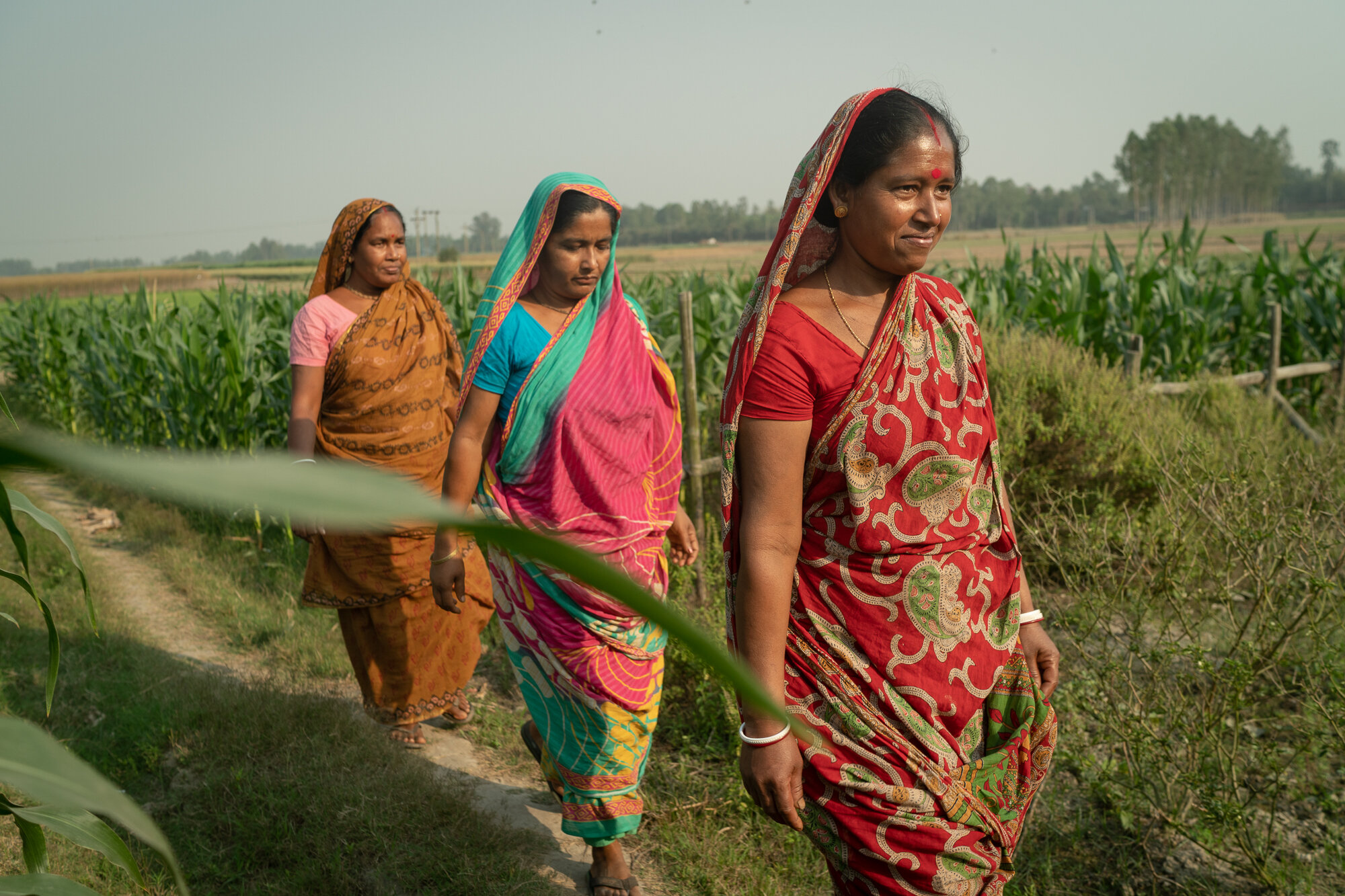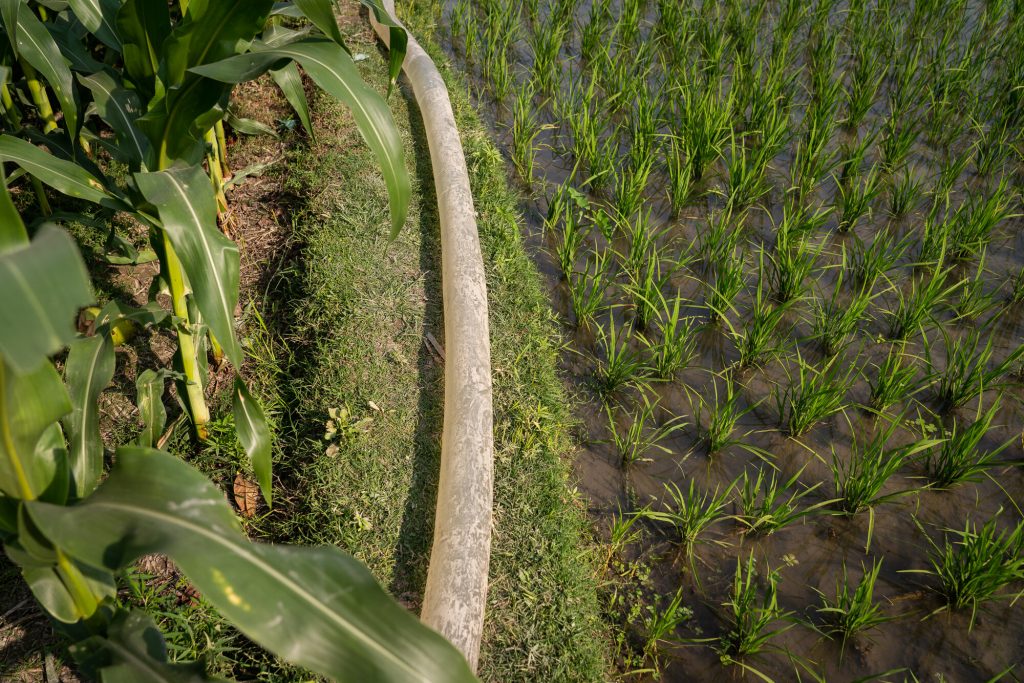Outcomes of greater access to groundwater irrigation
What are the lessons from electricity reforms in West Bengal for agricultural and groundwater outcomes?
In the past decade, the Indian state of West Bengal implemented three significant policy reforms related to groundwater and electricity. These were: universal metering of electric-run agricultural tubewells , change in the groundwater law in 2011, and a provision of a capital cost subsidy for the electrification of pumps in 2012. Collectively, the three policy interventions removed barriers to electrification of agricultural wells and tubewells across the state. As a result, there was a threefold increase in the number of electric pumps from 86,776 in 2007 to 303,018 by 2018.
Researchers from the International Water Management Institute (IWMI) expected to find that with greater electrification of wells and tubewells, more farmers would purchase electric pumps and operate their pumps for longer hours to grow more water-intensive crops; and that this might cause a decline in groundwater levels. Surprisingly, the results show that the effect on agricultural outcomes such as cropping pattern, cropping intensity, cropped area, production and yield was minimal.
One finding from the report shows that in fact these new groundwater policy changes actually led to slight improvements in groundwater levels in the period after 2011, as compared to the period before. The expectation was that groundwater levels would decline further, but given that cropping patterns and crop water use had not changed significantly in the post-2011 period, there was no overall acceleration in the pace of groundwater extraction either.
This study was undertaken by IWMI and commissioned as part of the second phase of the Sustainable Development Investment Portfolio (SDIP). SDIP has been working closely with policy makers at regional and state levels throughout the Eastern Gangetic Plain region to ensure its research activities can contribute to sustainably increasing water, food and energy security in South Asia while also facilitating economic growth and improve the livelihoods of the poor and vulnerable in the region, especially women and girls.

